New York, Dubai, Seoul, Shanghai and many other world cities are where you step on a skyscraper, but you don’t come across this situation very often in European cities.
We live in an increasingly urbanized and populated world; This increases the need for skyscrapers. But Europe is densely populated and economically highly despite being a prosperous continent does not like to build very tall buildings.
While there are 302 skyscrapers in New York and 546 skyscrapers in Hong Kong; In Europe, there are only 250 skyscrapers. Moreover, half of them are located in only three cities: London, Moscow and Istanbul.
Do Europeans find these structures ugly, or are there many other reasons?
Istanbul
skyscrapers first time One of the most important reasons why it started to rise in Chicago in the 19th century and later in New York was the absence of historic buildings in those areas.
The continent is already was discovered at a relatively recent date. There were no historical buildings such as the Colosseum in Rome and the Acropolis in Athens. There were no old but solid and magnificent public buildings and houses as in Europe.
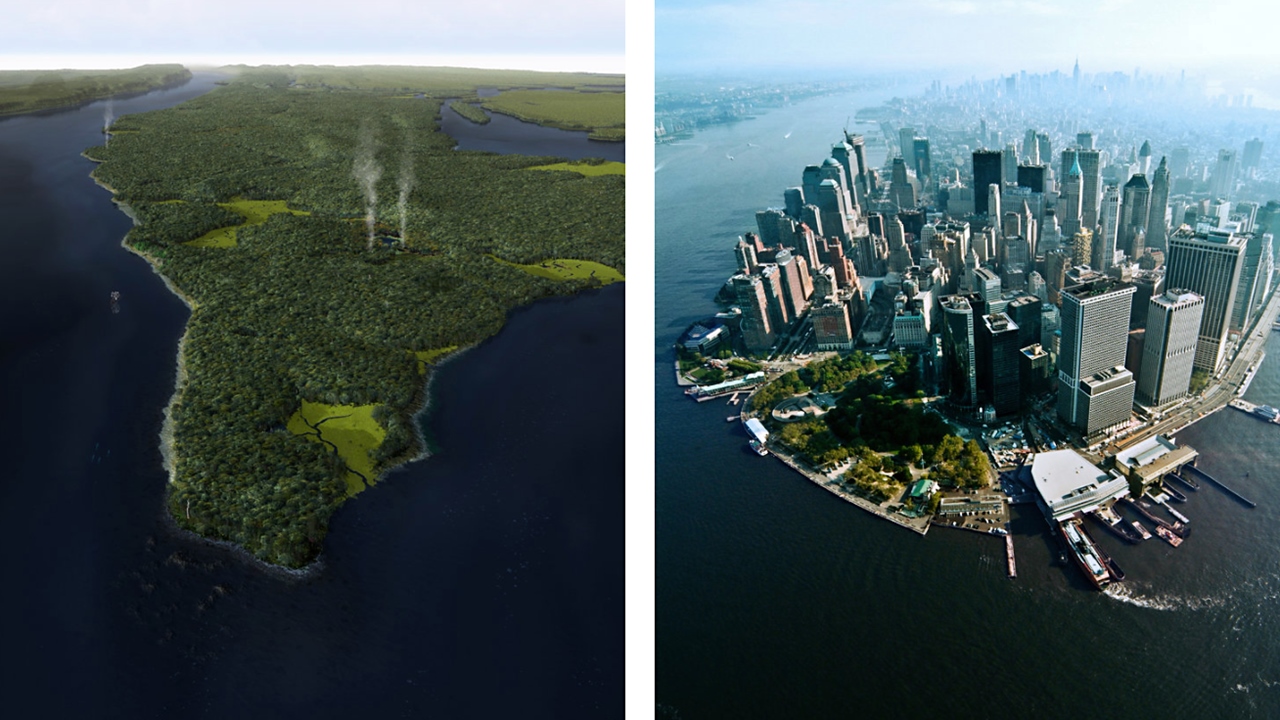
Manhattan Before / After
In addition, most of the cities in Europe rather than being squeezed into a narrow space. evenly distributed over a wide area. There was no need to build tall buildings here.
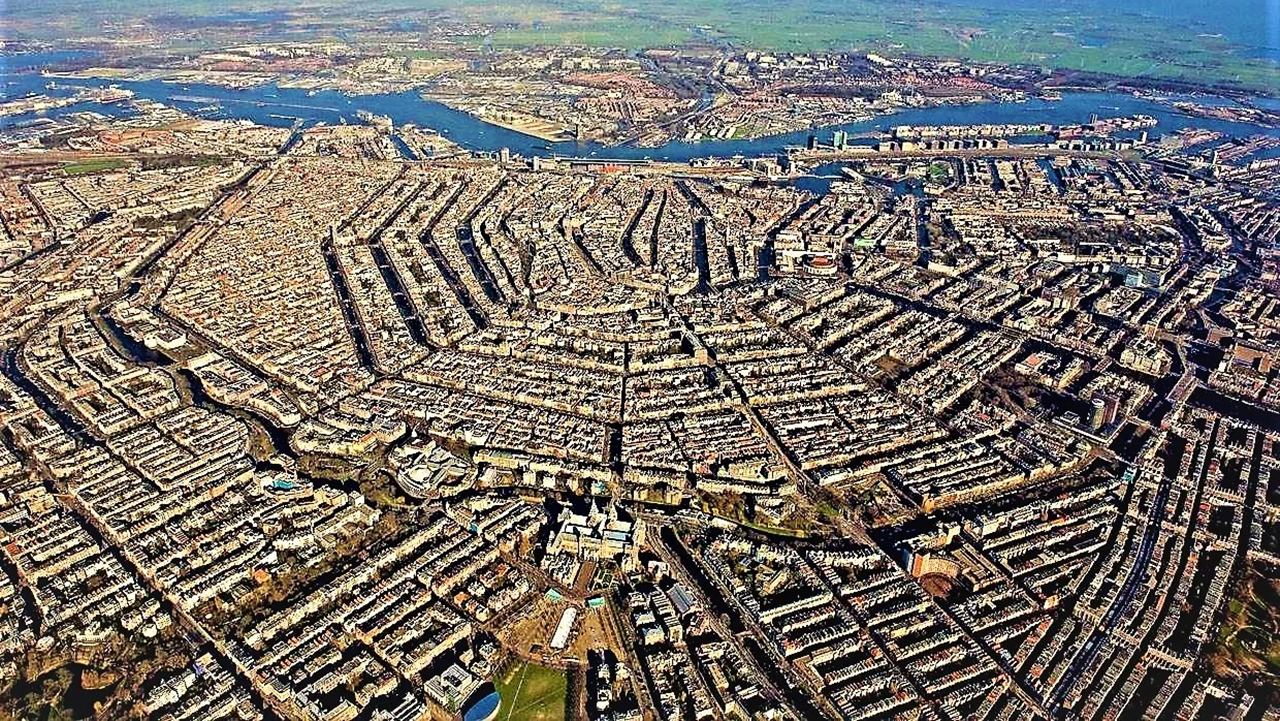
Amsterdam, Netherlands
Landmarks in many cities in Europe, especially during the Second World War heavily damaged. After the war, these were not destroyed and were carefully restored with great effort.
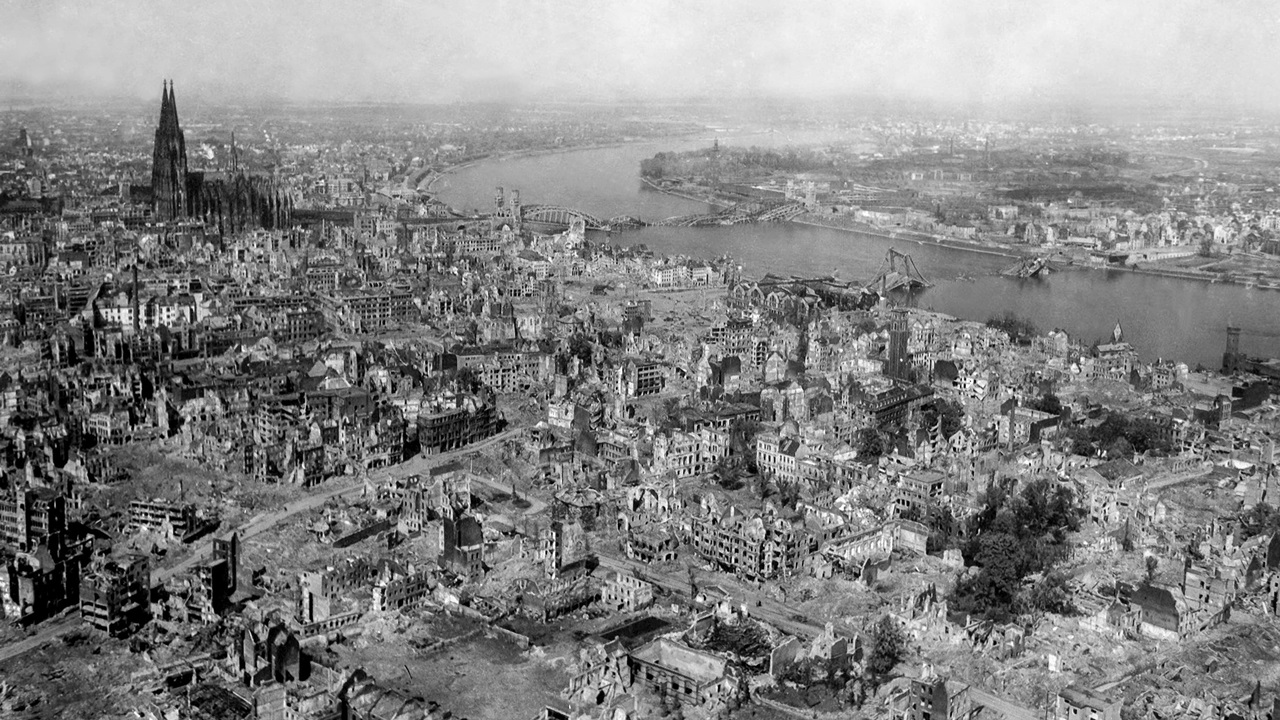
Despite being badly damaged in the Second World War, the German city of Cologne regained its former appearance thanks to restorations.
There was never a desire for skyscrapers when the desire to preserve heritage prevailed. Only in some cities skyscrapers rose, but these are also quite gathered in tight spaces. A disorder like Istanbul was not allowed.
It is necessary to mention a concept that is partially responsible for the lack of skyscrapers across the continent: Brusselsization.
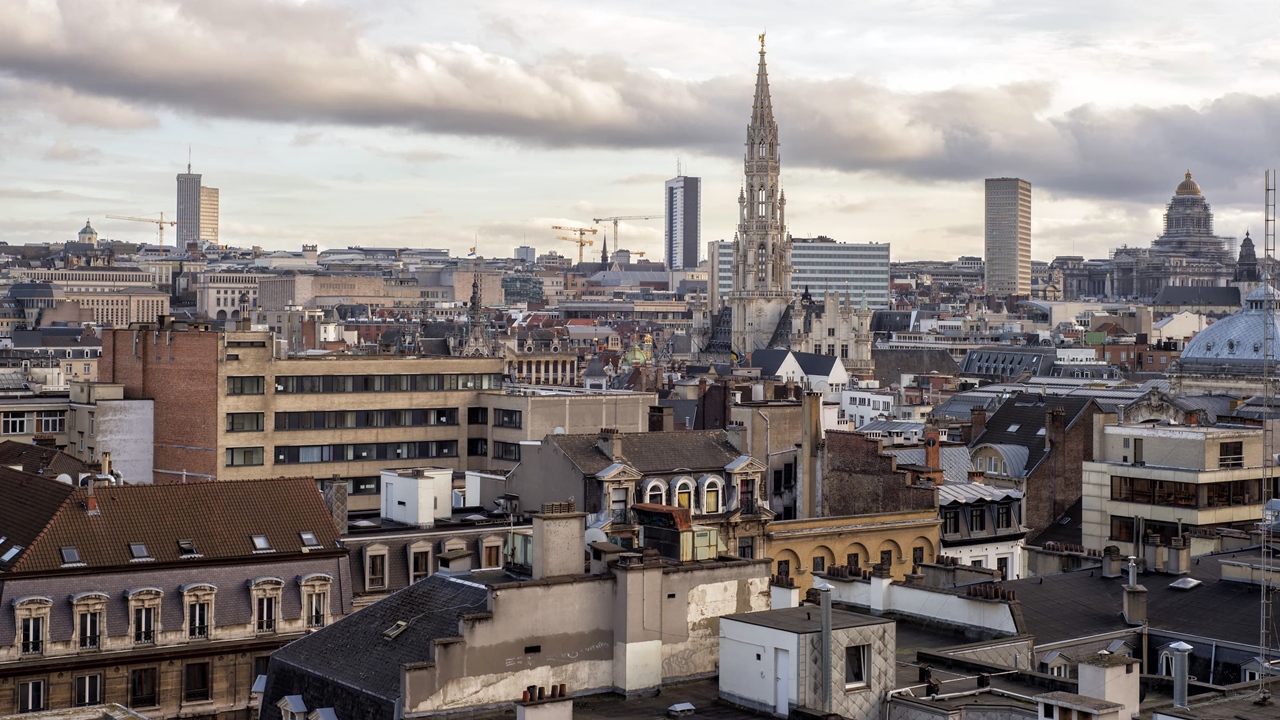
Brussels, whose cityscape has been damaged by the soulless design and box-like buildings from the 1960s.
Although a real skyscraper has never been built in Brussels, the capital of Belgium; In the 1960s, many buildings in the city were poorly designed. It was demolished to make room for modern structures. In the image above, you can easily choose those soulless buildings.
Maison du People, one of Belgium’s most influential Art Nouveau buildings, also fell victim to this destruction. Named Blaton Tower instead A tall building was built. As you can see in the image below, it looks quite contrary to the texture of the city.
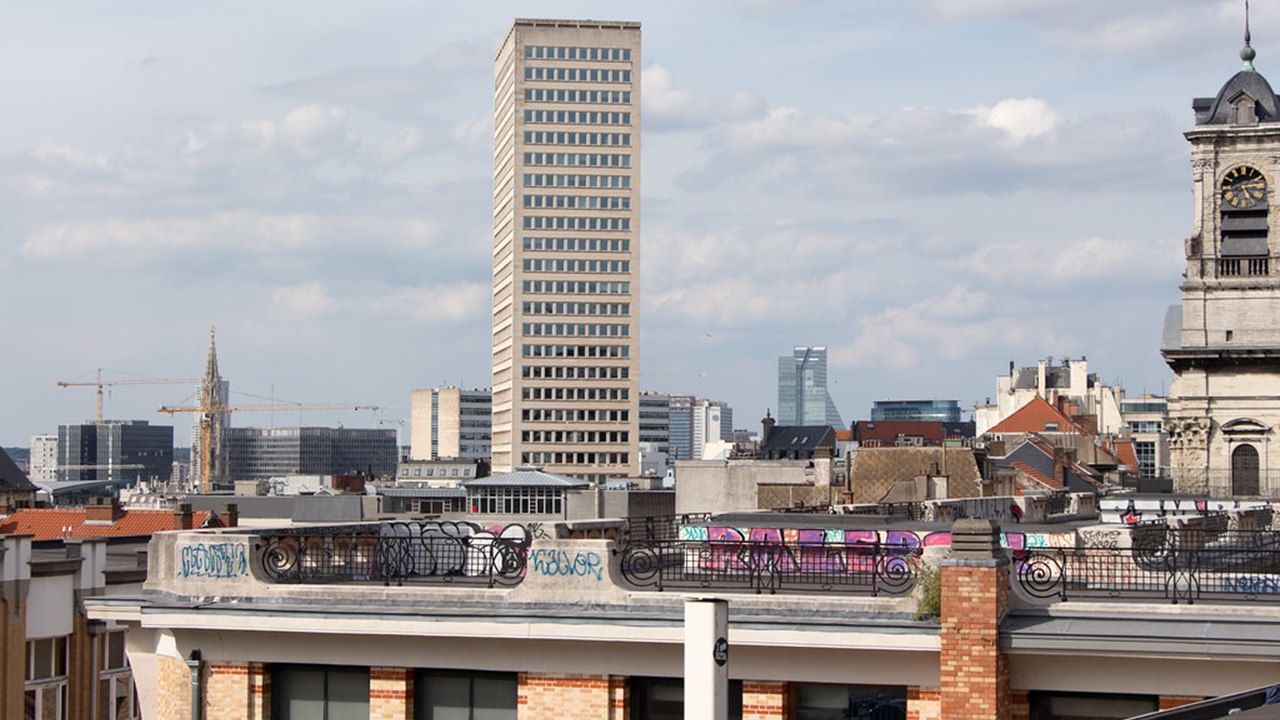
Blaton Tower
Realizing the damage this indiscriminate restructuring has done to the city, many important personalities and architects “architectural crime” He coined the term “Brusselization” and worked for the introduction of new city planning rules. Citizens of Brussels, environmentalists and conservation organizations launched nationwide protests.
In this way, the construction of new buildings was significantly limited and historical buildings were restored and the cultural texture of the city was preserved. facadism The exteriors of modern designed buildings were compared to the old and aesthetic architectural designs of Europe, using a technique called
This situation in Brussels led to a general discontent with modern buildings in Europe, and such modern buildings bland and soulless seen as.
Thereupon, many cities in Europe adopted similar regulations and either did not build tall buildings at all or were removed from historical centers. built in distant places (like La Defense in Paris).
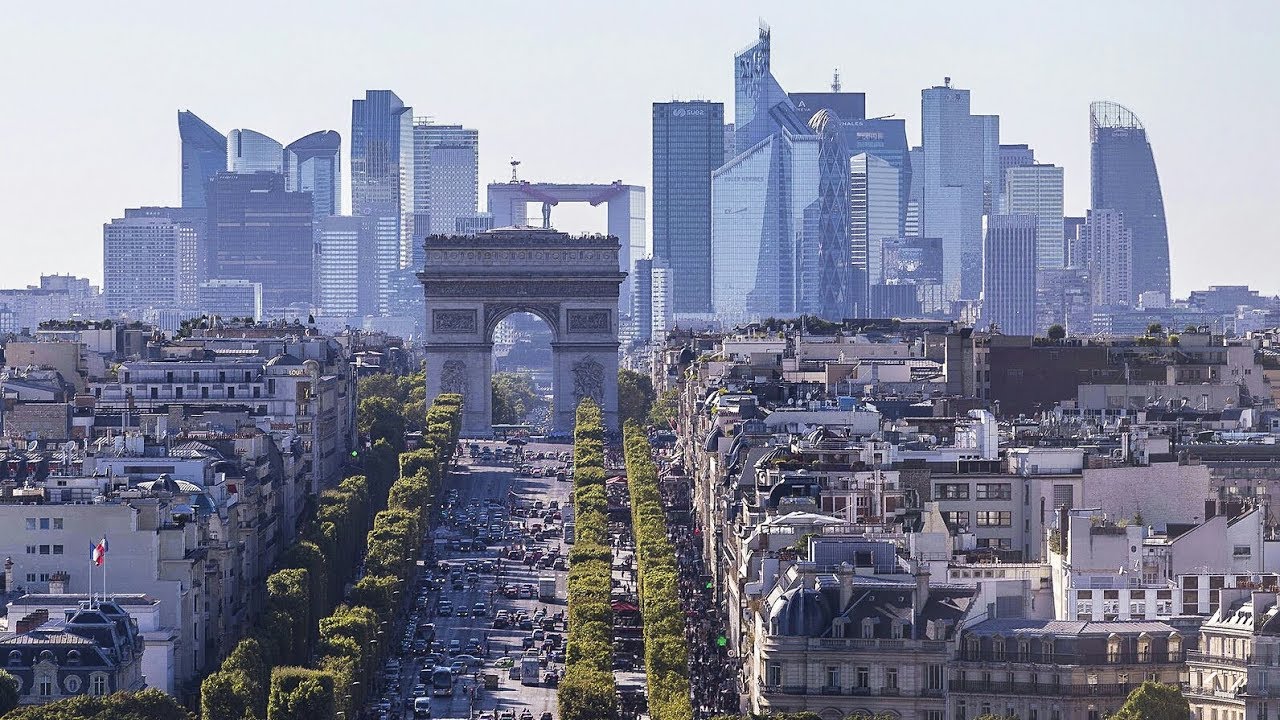
La Defense, Paris
Since the early 2000s, as the demand for commercial space in major financial centers such as London, Paris, Moscow, Istanbul and Frankfurt increased, skyscrapers began to rise.
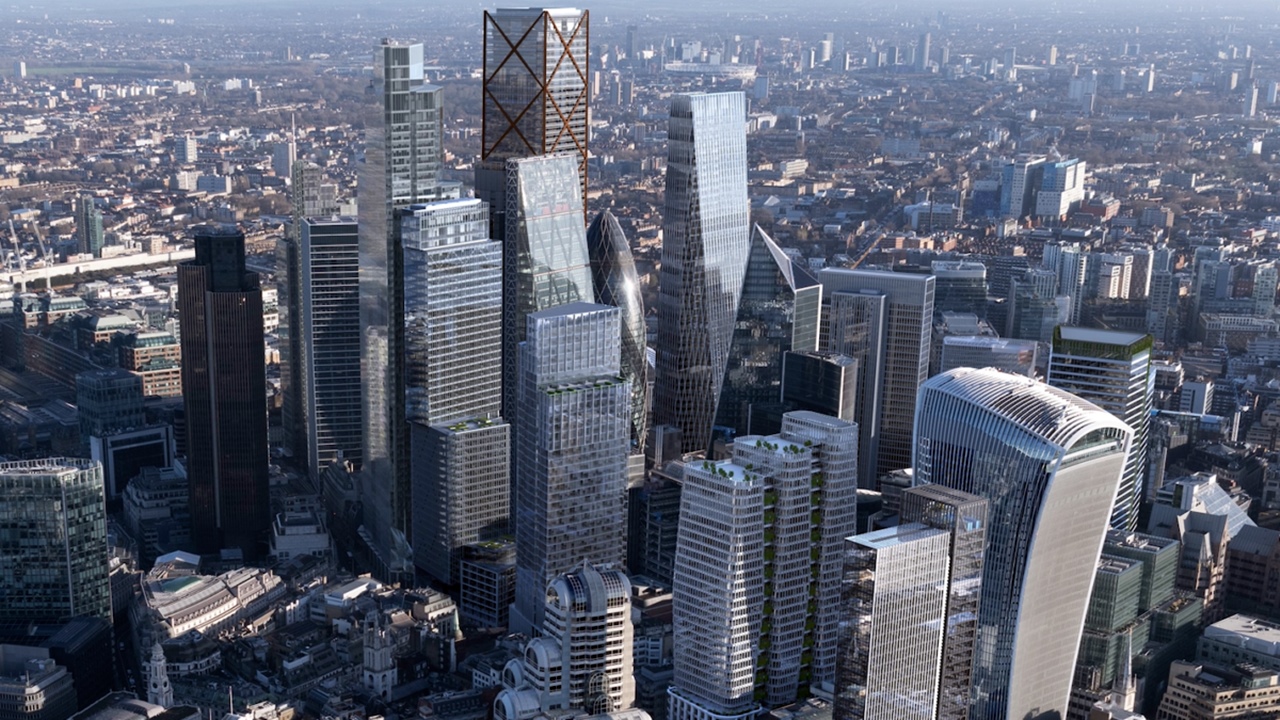
London, England
European cities, which are relatively smaller and grow more calmly, improve the living standards of its citizens cared more.
On the other hand, cities, especially in Scandinavia and Central Europe, maintain their importance in their national economies, while maintaining sustainability and sustainability. welfare level They continued to be at the top in terms of
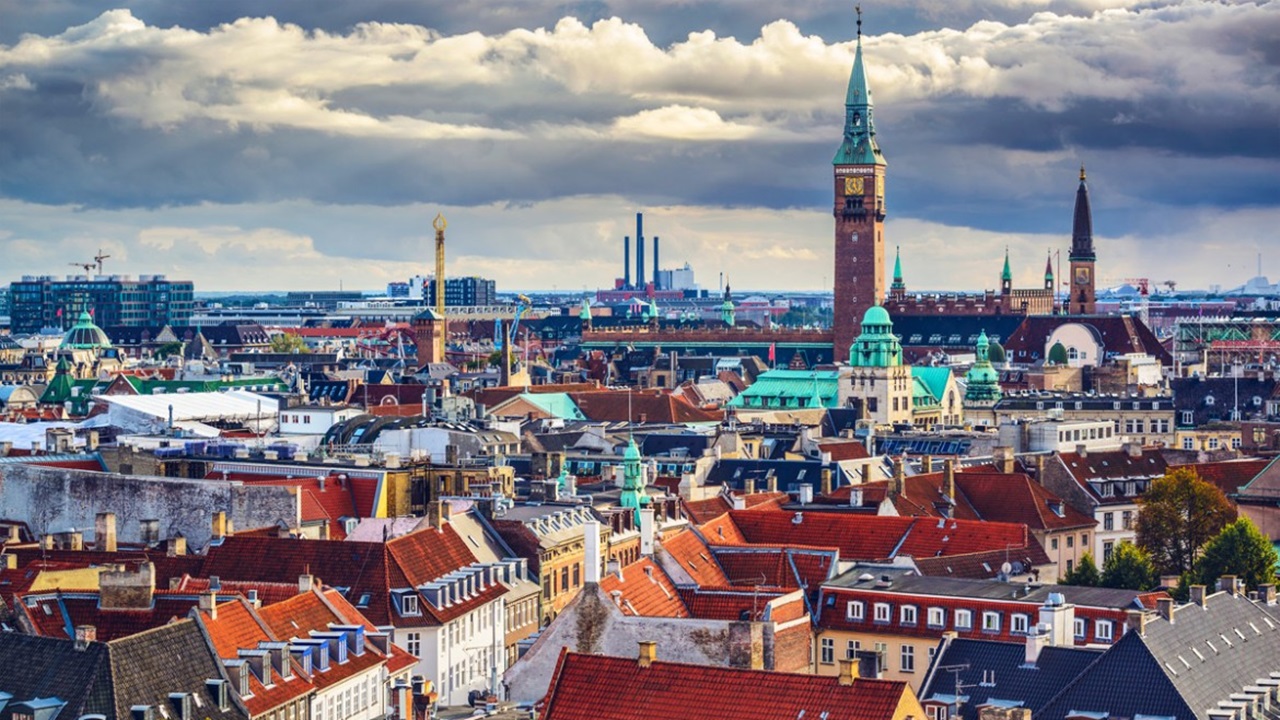
Copenhagen, Denmark
As the world becomes increasingly global, architectural trends are shifting to box-like structures. European cities continue to resist this. In the future, perhaps Europe will be enslaved by high-rise buildings due to some necessities, but it seems certain that at least there will be no mess like in Istanbul.
Let’s take a look at what some European cities look like:
Florence, Italy
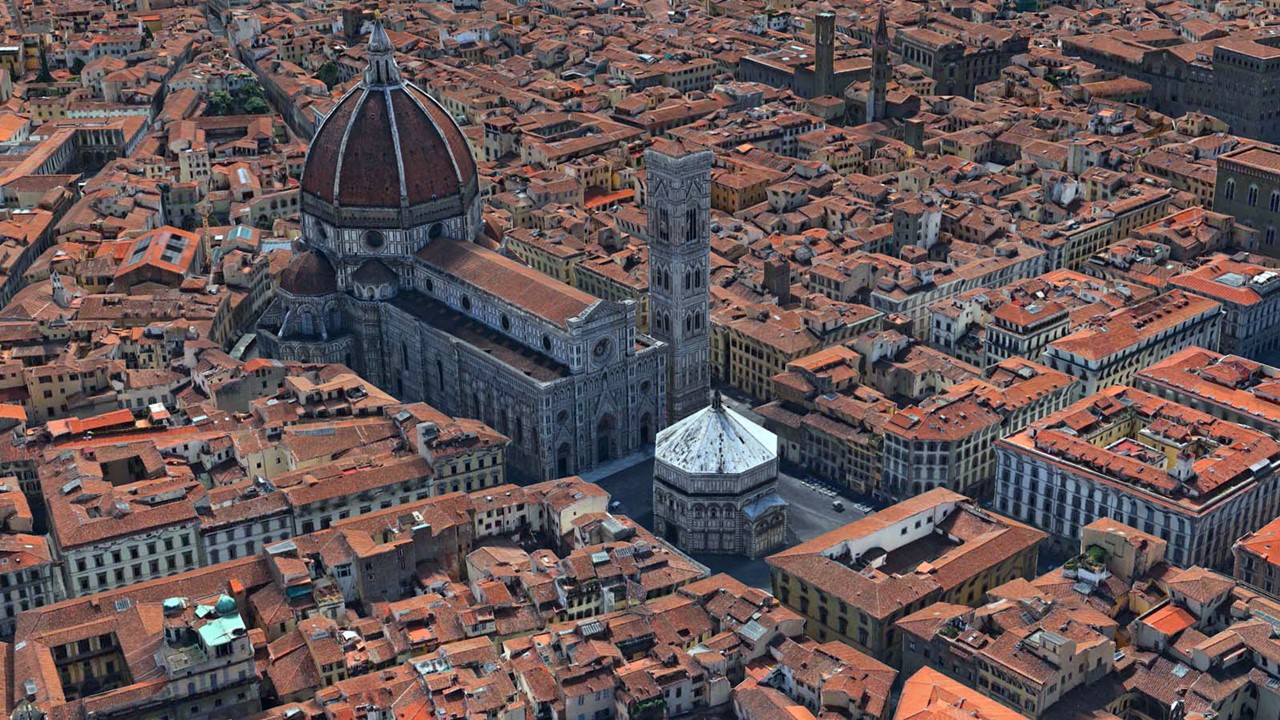
Budapest, Hungary
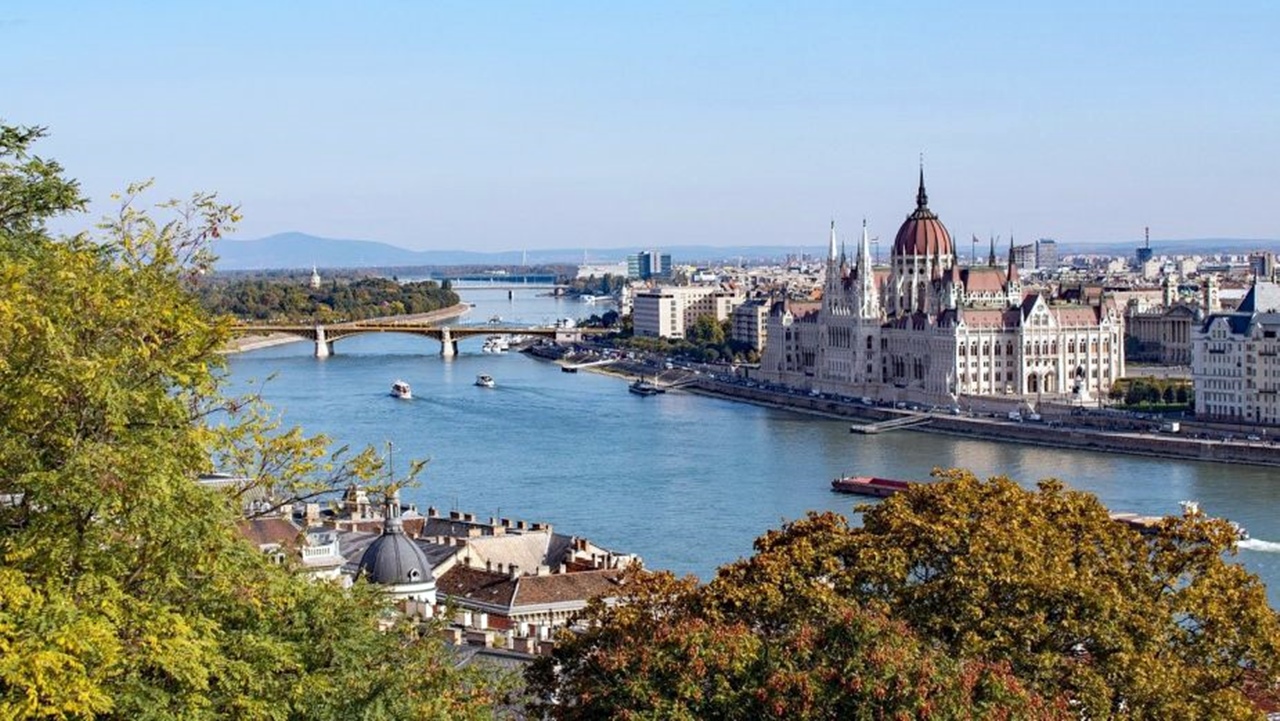
Porto, Portugal
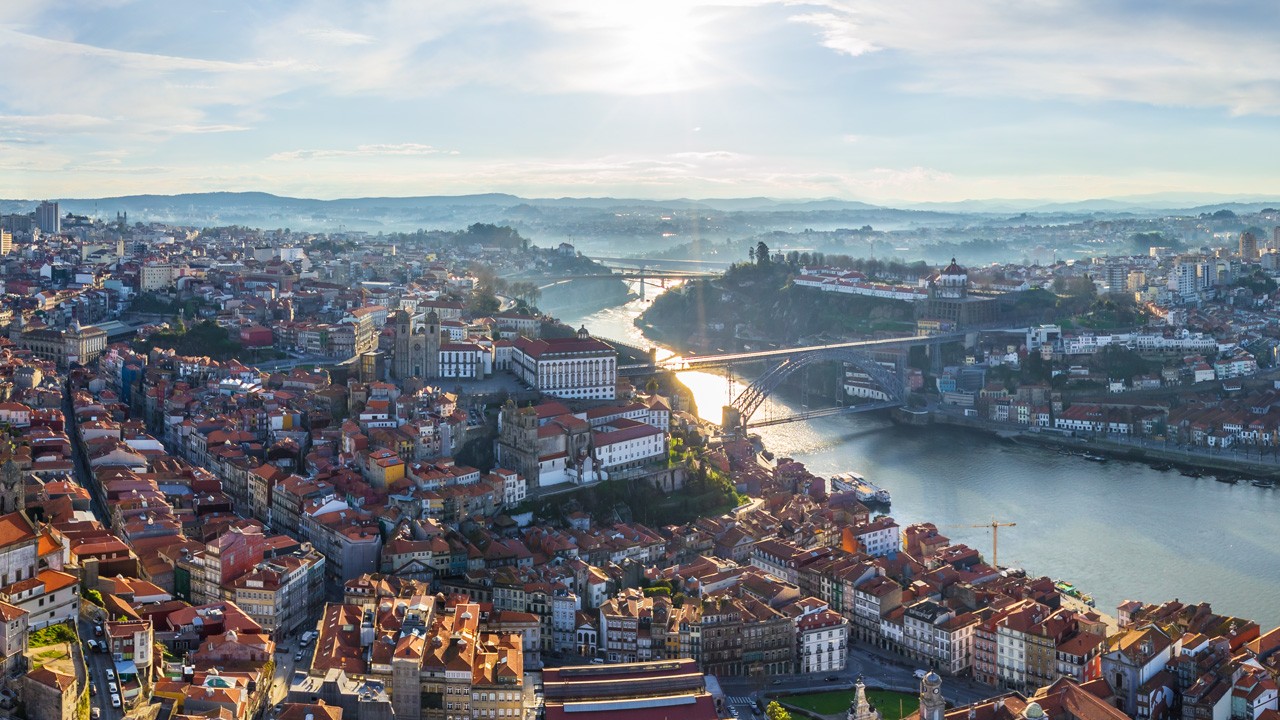
Strasbourg, France
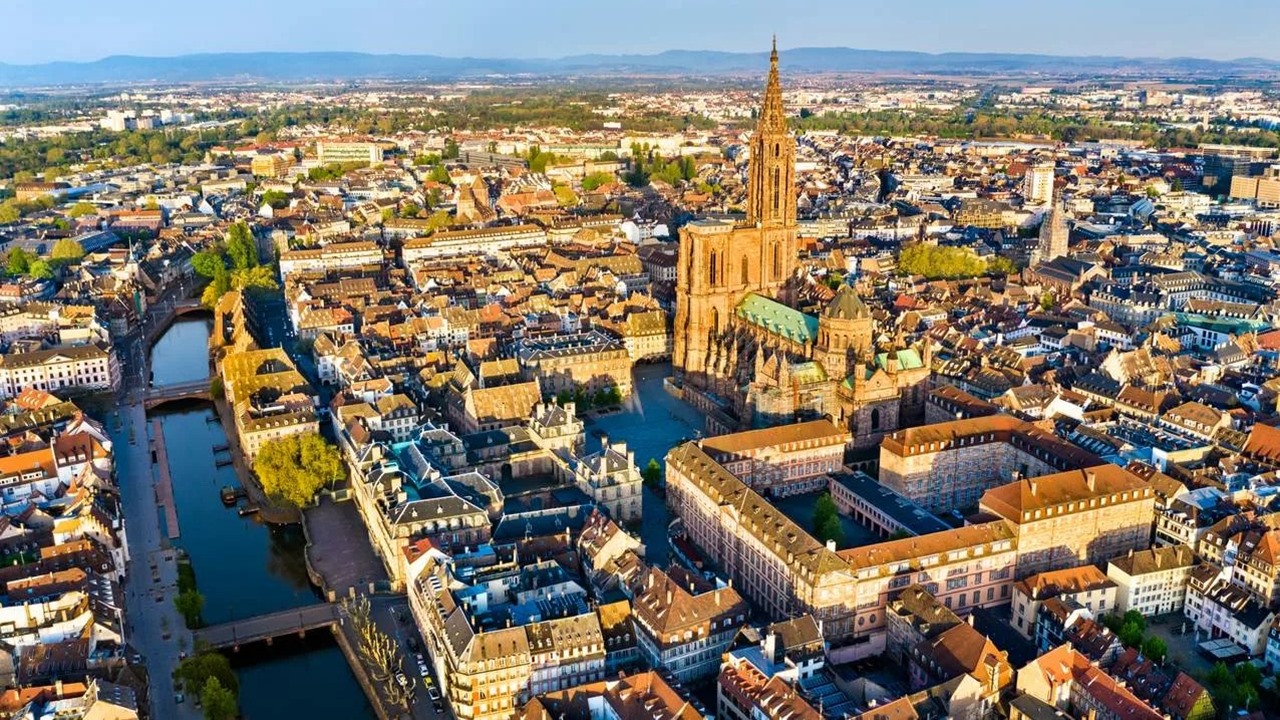
Edinburgh, Scotland
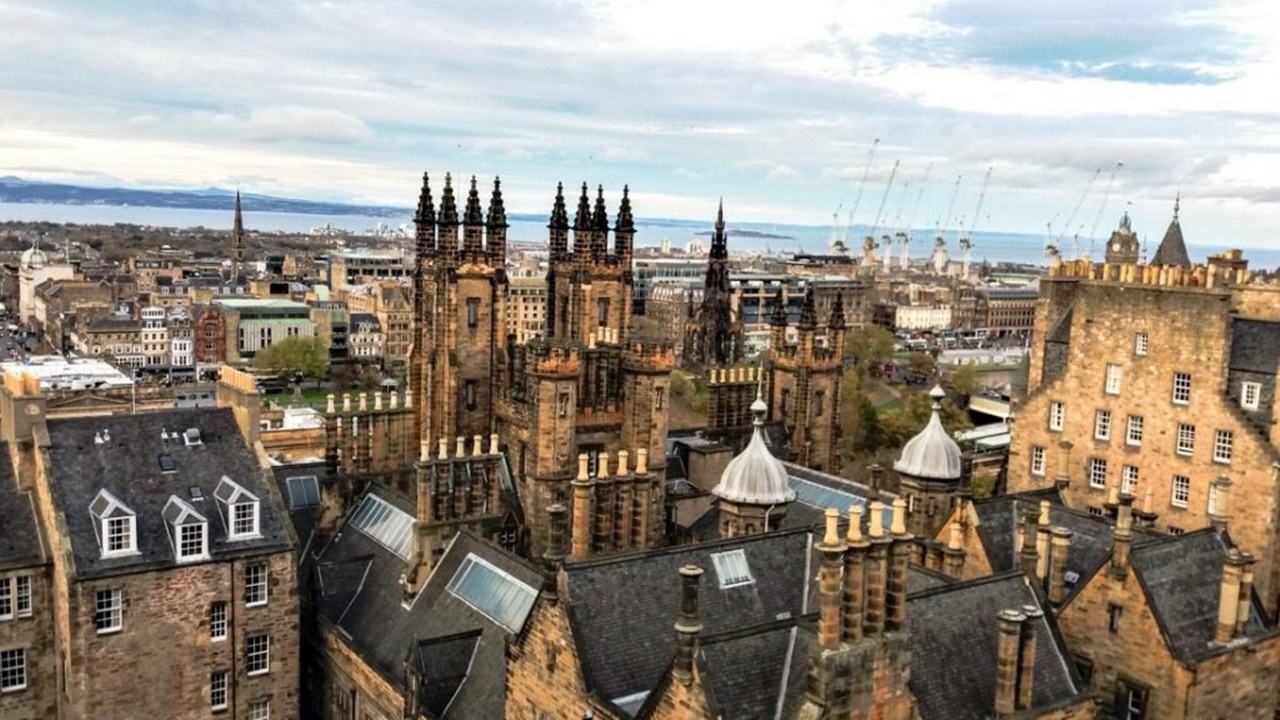
Barcelona, Spain
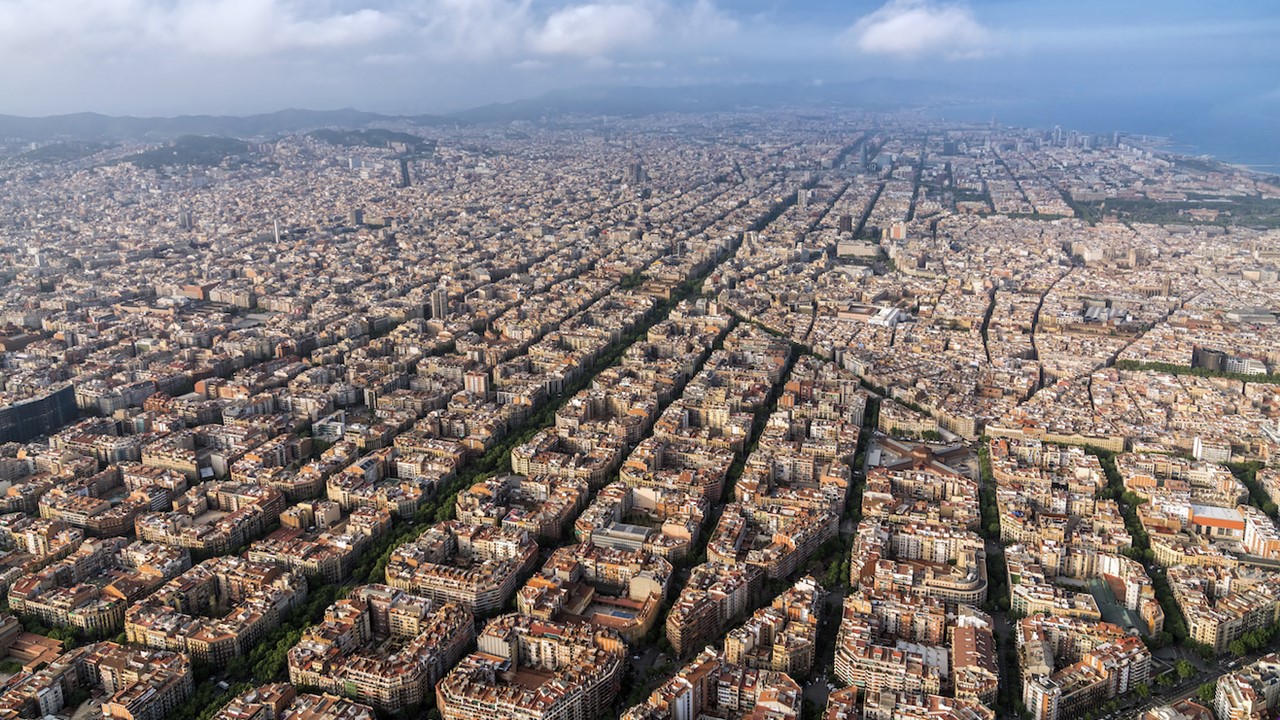
Prague, Czechia
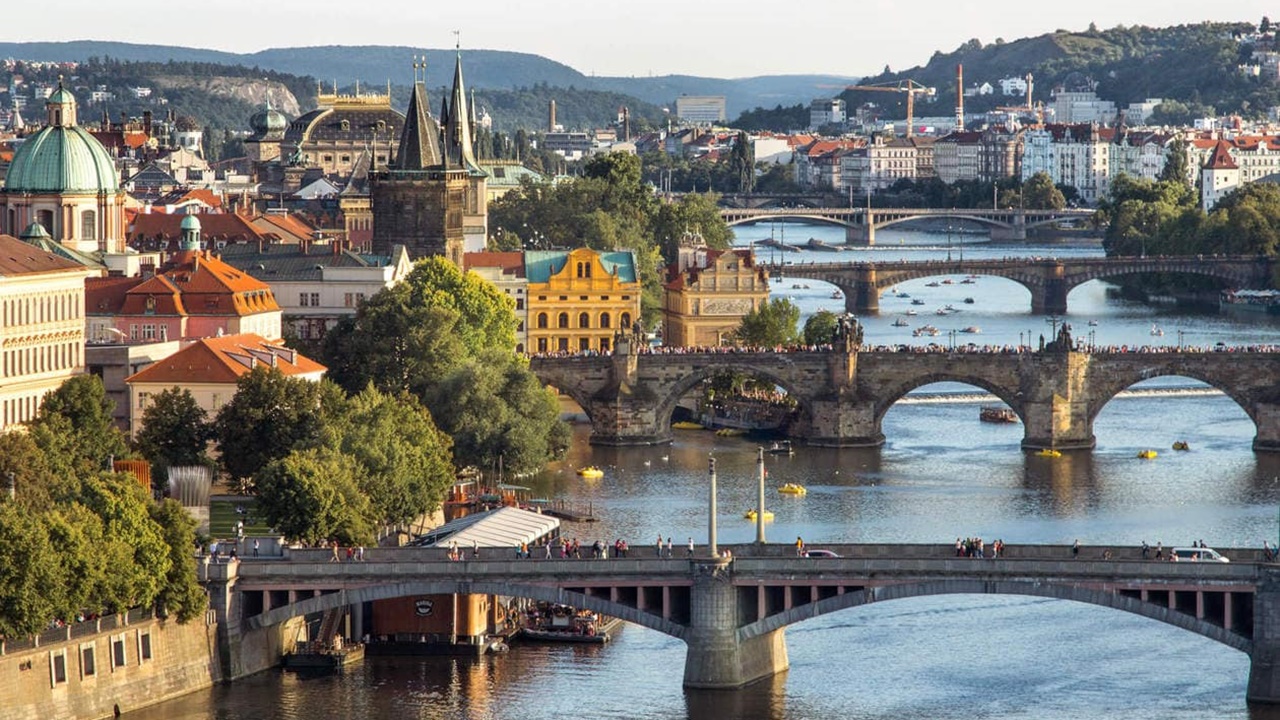
Don’t you think they are more beautiful without skyscrapers?
RELATED NEWS
The Countries and Cities with the Most Skyscrapers in Europe Have Been Announced: Here is the Total Number of Skyscrapers in Turkey and Istanbul, Outperforming Europe
RELATED NEWS
